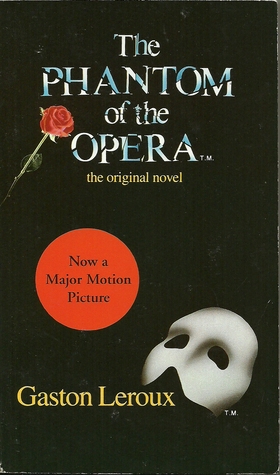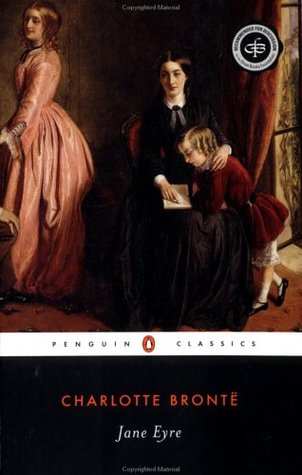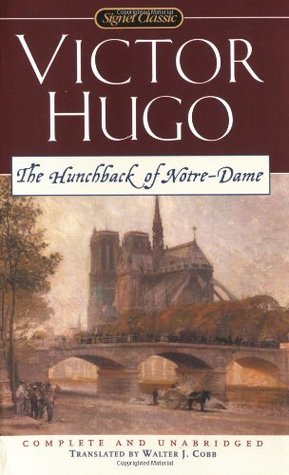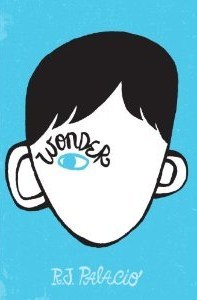Ableism and Changing Teacher Approaches in English Classrooms




Storey
points out that multicultural education celebrates diversity in ethnicity and
women, but when it comes to disabilities it is very rare. This caused me to
think of disabled characters that are talked about in school. Lenny from Of Mice and Men, the phantom from Phantom of the Opera, Mr. Rochester and
his wife from Jane Eyre, and Quasimodo
from The Hunchback of Notre Dame. These
characters are portrayed as harmful to themselves or others against their own
will because they can’t help it (Lenny, Rochester’s wife) or in need of a
savior the phantom and Quasimodo. These approaches to characters with disabilities
embody ableist perspectives that fit the time of the past and if those
viewpoints are not addressed as teachers then we are continuing to perpetuate
damaging stereotypes that are already ingrained in our students’ minds. As
educators who could be teaching an inclusive classroom with one or more student
with a disability they should be respected and the novels that portray them as
incapable of stopping their actions or needing to be saved are conversations
that need to be had because they enhance and encourage the talk for ableism to
be challenged in our students’ young minds.



Positive
portrayals of characters with disabilities in literature is incredibly
important. Novels such as The Lightning
Thief, Wonder, and The Story of My Life
(Helen Keller) are a couple of novels that offer positive viewpoints on
dyslexia, facial deformity, and deaf-blindness. There are probably more but I
personally couldn’t pinpoint any from the lists I was looking at that could be
taught in school (I would greatly appreciate suggestions). Teaching novels like
The Story of My Life by Helen Keller
represent a strong historical figure who overcame her time period’s lack of
help for the deaf and blind and became an advocator for those like her. Her
story is not about being saved from her disability or being miraculously healed
from it because that seems to be the only way to become treated as a normal
human being. Her story is about inner strength, perseverance, and a boldness
that can inspire many children.
 Susan
Nussbam wrote a blogpost for the Huffington Post about disabled characters in
fiction and she points out, “Here is the
truth: Disabled people barely ever even think about our disabilities. When we
do think about them, it’s usually because we are dealing with an oppressive,
systemic problem, such as employment discrimination.” This is important
because disabled people do not think about their disabilities unless someone points
them and makes them feel inferior. As educators it is important to remember
this in the classroom. We have to be encouraging and the students we have with disabilities
are students first. Yes, they may have a disability, but they are not defined
by that disability. It does not hinder them from functioning unless someone
doesn’t allow them to grow and takes that ability away (which happens quite
often when people make remarks like, “WOW! I can’t believe you are so good at
math. I wouldn’t have thought that,” to a person in a wheelchair). Nussbaum
further expands upon how fiction treats disabled people with this analysis, “The vast majority of writers who have used
disabled characters in their work are not people with disabilities themselves.
Because disabled people have been peripheral for centuries, we’ve been shut out
of the artistic process since the beginning. As a result, the disabled
characters we’re presented with usually fit one or more of the following
stereotypes: Victim, Villain, Inspiration, Monster. And the disabled
character’s storyline is generally resolved in one of a few ways: Cure, Death,
Institutionalization.” Literature is usually not written by people with
disabilities. It wasn’t encouraged hundred of years ago, but today it is and there
are authors out there who are disabled and write literature that represents people
with disabilities outside of the four aforementioned stereotypes of victim,
villain, inspiration, and monster. As educators, I’m not saying we have to pull
books who show these stereotypes and can potentially hurt others, I’m saying
that we have the power to steer our classroom discussion to why the author was
wrong in presenting a person with a severe learning disability as someone who
needed to be cured and turned into a genius only to degenerate to an even lower
IQ and die (I’m looking at you, Flowers
for Algernon).
Susan
Nussbam wrote a blogpost for the Huffington Post about disabled characters in
fiction and she points out, “Here is the
truth: Disabled people barely ever even think about our disabilities. When we
do think about them, it’s usually because we are dealing with an oppressive,
systemic problem, such as employment discrimination.” This is important
because disabled people do not think about their disabilities unless someone points
them and makes them feel inferior. As educators it is important to remember
this in the classroom. We have to be encouraging and the students we have with disabilities
are students first. Yes, they may have a disability, but they are not defined
by that disability. It does not hinder them from functioning unless someone
doesn’t allow them to grow and takes that ability away (which happens quite
often when people make remarks like, “WOW! I can’t believe you are so good at
math. I wouldn’t have thought that,” to a person in a wheelchair). Nussbaum
further expands upon how fiction treats disabled people with this analysis, “The vast majority of writers who have used
disabled characters in their work are not people with disabilities themselves.
Because disabled people have been peripheral for centuries, we’ve been shut out
of the artistic process since the beginning. As a result, the disabled
characters we’re presented with usually fit one or more of the following
stereotypes: Victim, Villain, Inspiration, Monster. And the disabled
character’s storyline is generally resolved in one of a few ways: Cure, Death,
Institutionalization.” Literature is usually not written by people with
disabilities. It wasn’t encouraged hundred of years ago, but today it is and there
are authors out there who are disabled and write literature that represents people
with disabilities outside of the four aforementioned stereotypes of victim,
villain, inspiration, and monster. As educators, I’m not saying we have to pull
books who show these stereotypes and can potentially hurt others, I’m saying
that we have the power to steer our classroom discussion to why the author was
wrong in presenting a person with a severe learning disability as someone who
needed to be cured and turned into a genius only to degenerate to an even lower
IQ and die (I’m looking at you, Flowers
for Algernon).
One
of my favorite YouTubers named Jen Campbell has a great discussion on villains
and deformity and disability. Her essay is absolutely amazing. It deconstructs
film as well as literature (particularly fairy tales). She is a credible source
as she has a disability, is a writer, and essayist. I think this video and
others like it on YouTube made by people with disabilities and relating to
ableism in media are important to show in classrooms and tie to discussions.
This is a great example of brining in real life opinions and experiences to
challenge long thought beliefs. As educators, we need to bring awareness to
these discussions and issues regarding our students.
Works
Cited:
Campbell,
Jen, director. Let's Talk | Villains & Deformity. YouTube,
YouTube, 21 Mar. 2017,
www.youtube.com/watch?v=lEmVZfChzuQ&list=PLlRIaAzTjWi5onpjRQzypc_yNfpRtnPVy&index=9.
Nussbaum,
Susan. “Disabled Characters in Fiction.” The Huffington Post,
TheHuffingtonPost.com,
23 Jan. 2014, www.huffingtonpost.com/susan-nussbaum/disabled-characters-in-fiction_b_4302481.html.
Storey,
Keith. (2007). Combating Ableism in Schools. Preventing School Failure. 52.
56-58.
10.3200/PSFL.52.1.56-58.
Comments
Post a Comment